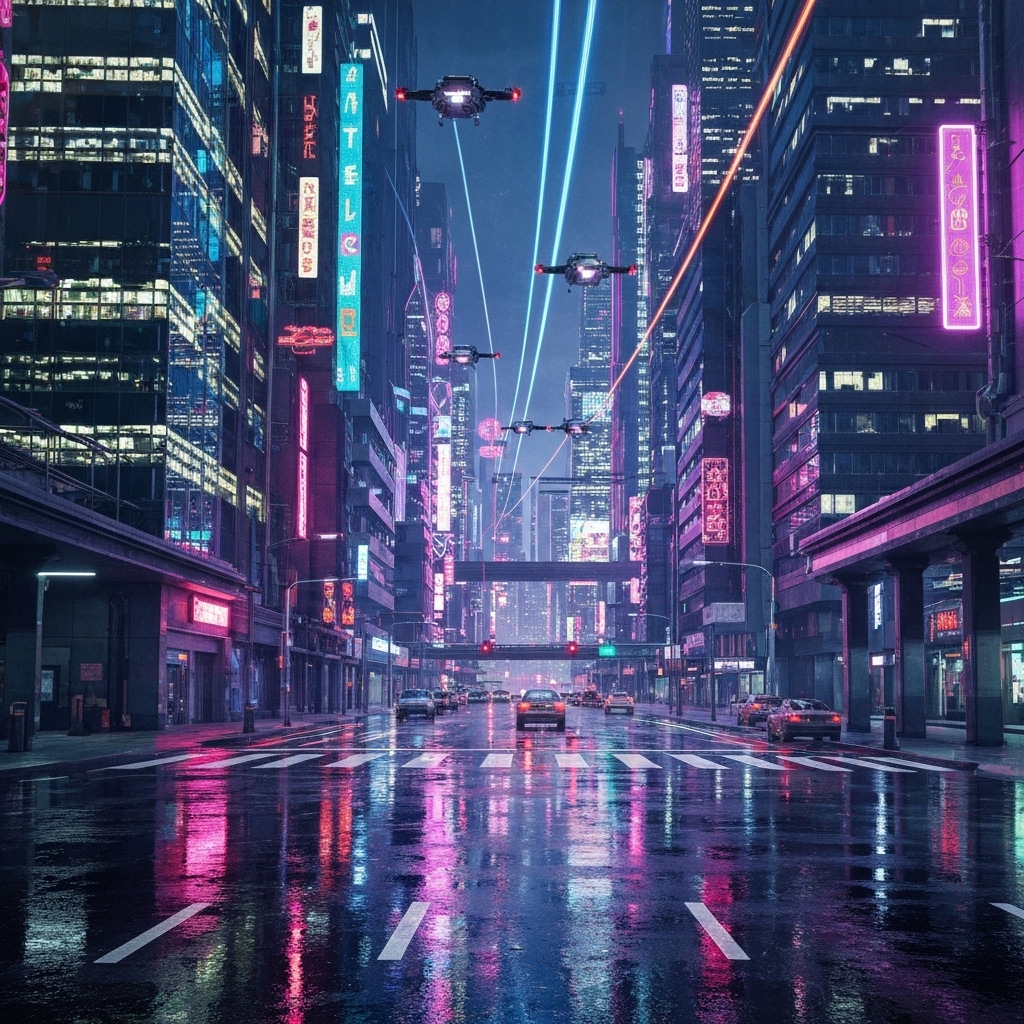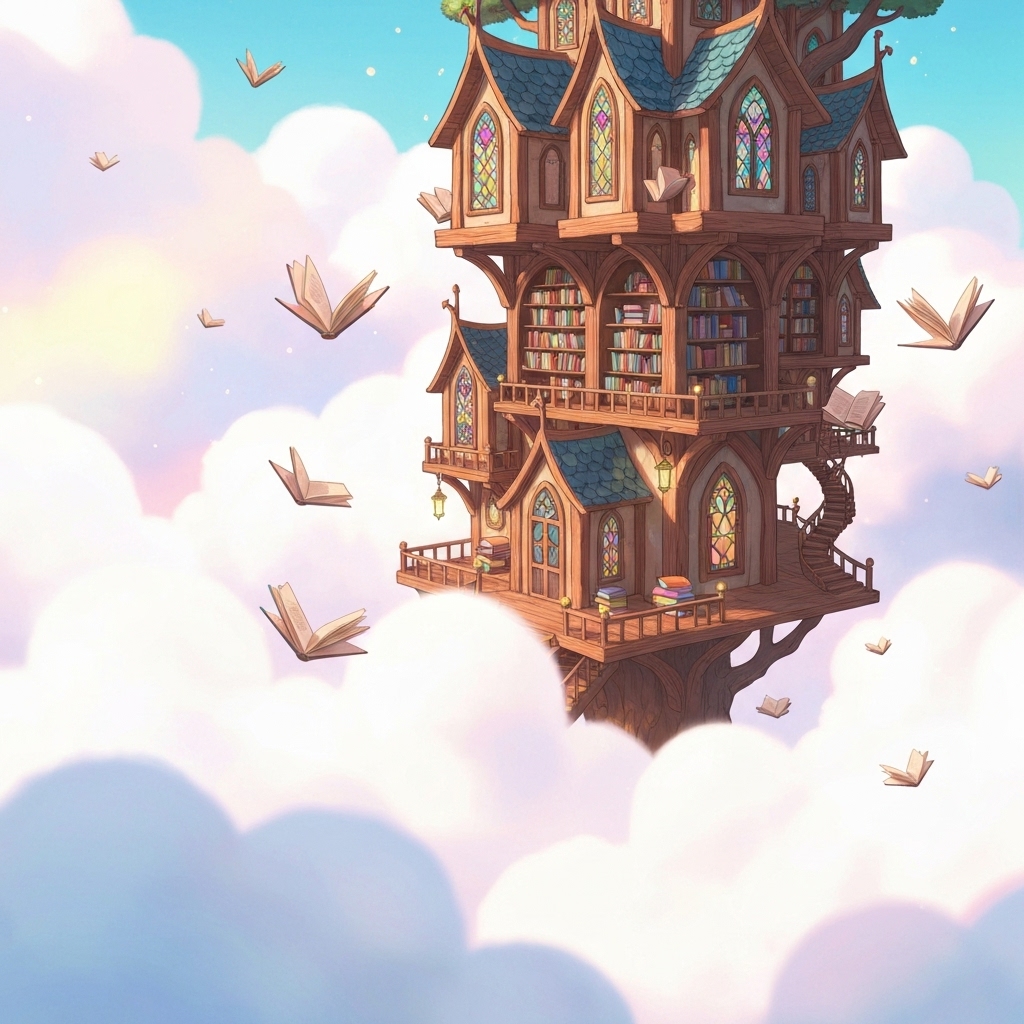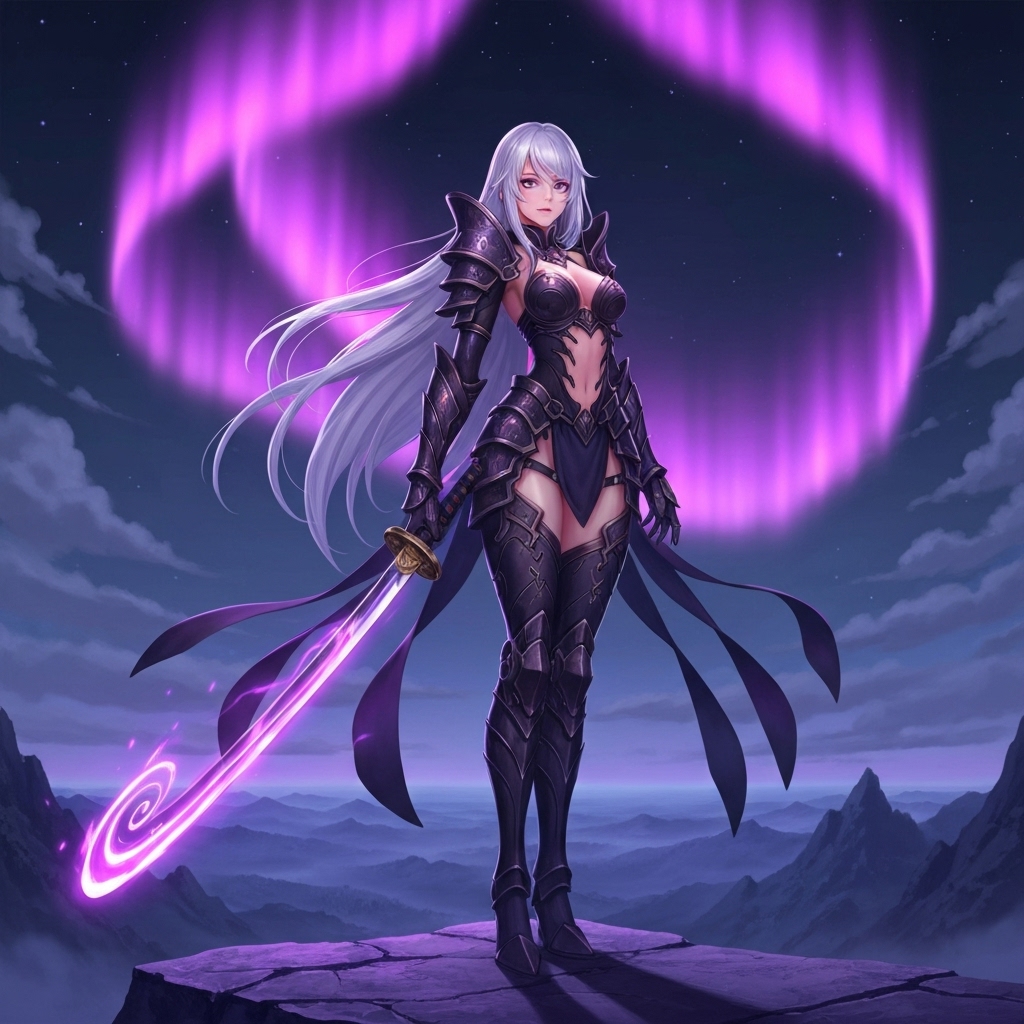Best Free AI Image Generator Comparison: Top Tools for Stunning Visuals in 2025
Best Free AI Image Generator Comparison: Top Tools for Stunning Visuals in 2025
Artificial intelligence has dramatically reshaped the creative landscape in 2025, making high-quality image generation accessible to everyone—from professional designers to casual hobbyists. Free AI image generators now leverage advanced models like diffusion networks and generative adversarial networks (GANs) to transform simple text prompts into photorealistic or stylized artwork in seconds. Tools such as Bing Image Creator by Microsoft and Stable Diffusion through open-source platforms have set new benchmarks for quality and speed, offering robust capabilities without a price tag. These tools empower users to visualize concepts, generate marketing assets, or explore artistic expression with minimal technical barriers.
When evaluating the top free AI image generators, key factors include output resolution, customization options, and generation speed. For instance, Bing Image Creator integrates seamlessly with everyday workflows via the Microsoft ecosystem and delivers consistent, high-fidelity images powered by DALL·E technology. Meanwhile, platforms like Hugging Face’s Stable Diffusion demo allow for greater control over parameters such as style, aspect ratio, and negative prompting—ideal for users seeking fine-tuned results. Despite their power, most free versions come with usage limits or watermarked outputs, encouraging responsible use while maintaining accessibility.
User experience also plays a crucial role in determining the best tool for your needs. Some platforms offer intuitive interfaces perfect for beginners, while others cater to advanced users comfortable with technical settings. Leonardo.Ai, for example, provides a user-friendly dashboard with built-in prompt suggestions and community inspiration, making it easier to get started. On the other hand, Craiyon (formerly DALL·E Mini) remains popular for its simplicity and educational value, though it lags behind in image fidelity compared to industry leaders. For those weighing options, reviewing real-world examples on sites like OpenAI’s DALL·E research page can provide insight into what each model is capable of achieving.
Ultimately, choosing the right free AI image generator depends on your specific goals—whether it's rapid ideation, social media content, or personal art projects. While no single tool excels in every category, the collective progress across these platforms underscores a democratization of creativity never seen before. As AI continues to evolve, these tools will only become more refined, offering even broader access to cutting-edge design capabilities. For up-to-date comparisons and performance benchmarks, resources like PCMag’s AI image generator reviews offer expert analysis to guide informed decisions.
1. Leonardo.Ai: Best for Creative Control and Detail
Leonardo.Ai has rapidly gained recognition as a leading AI art generation platform by striking an ideal balance between output quality and user control. Unlike many competitors that limit access behind paywalls, Leonardo.Ai offers a robust free tier with generous daily token allocations—enough for dozens of image generations—making it accessible to hobbyists and professionals alike. This approach lowers the barrier to entry while still providing premium features for advanced users through its subscription model. The platform’s commitment to accessibility without sacrificing performance sets it apart in the competitive generative AI landscape.
One of Leonardo.Ai’s standout strengths is its precision in generating high-fidelity visuals, including intricate concept art, imaginative illustrations, and photorealistic imagery. Users benefit from granular control over styles, models, and generation parameters, allowing for tailored results that match specific creative visions. Whether you're designing characters for a game or developing visual assets for marketing, the level of customization empowers creators to achieve professional-grade outcomes. Features like prompt guidance, negative prompting, and model fine-tuning enhance the creative process, giving artists the tools they need to refine their outputs effectively.
The platform's intuitive interface complements its powerful backend, making it easy for both beginners and experienced users to navigate its suite of tools. With active community engagement and regular model updates, Leonardo.Ai continues to evolve based on user feedback and technological advancements. Its integration with design workflows and support for custom training models further solidify its position as a go-to solution for AI-driven creativity. For those exploring AI art generation, Leonardo.Ai offers a compelling mix of flexibility, quality, and value.

2. Bing Image Creator (Powered by DALL·E): Best for Ease of Use
Integrated directly into Microsoft's Bing ecosystem, Bing Image Creator offers a seamless and accessible way to generate high-quality images using OpenAI’s powerful DALL·E model. This innovative tool eliminates the need for downloads or third-party applications, allowing users to create visually compelling content with just a few keystrokes. By simply entering a descriptive prompt, individuals can receive four unique image options in seconds—making it an ideal solution for those who value speed and simplicity without sacrificing output quality.
What sets Bing Image Creator apart is its user-friendly interface and tight integration with a widely used search engine, lowering the barrier to entry for novice creators. Whether you're designing social media graphics, brainstorming visual concepts, or exploring artistic ideas, the tool delivers professional-grade results without requiring technical expertise or complex parameter tuning. Its intuitive design ensures that even first-time users can generate impressive visuals effortlessly, fostering creativity across diverse audiences.
Backed by the robust capabilities of DALL·E, Bing Image Creator translates natural language prompts into detailed, imaginative images with remarkable accuracy. Microsoft’s commitment to responsible AI ensures that generated content adheres to ethical guidelines, filtering out harmful or inappropriate outputs. For more information on how AI-generated images are governed, visit Microsoft’s Responsible AI principles.
As artificial intelligence continues to reshape digital creativity, tools like Bing Image Creator empower users to bring ideas to life faster than ever before. With no installation required and instant access through Bing, it represents a significant step toward democratizing AI-powered design. Learn more about the technology behind it at OpenAI’s DALL·E page.

3. Pixlr AI: Best for Seamless Editing Integration
Pixlr AI stands out as a powerful all-in-one solution for creators who demand both creativity and efficiency. By seamlessly integrating an advanced text-to-image generator with a robust online photo editor, it eliminates the need to switch between multiple tools. Whether you're designing social media content or refining product visuals, Pixlr enables you to generate high-quality images from simple text prompts and immediately enhance them with professional-grade editing features—all directly in your browser. This streamlined workflow saves time and boosts productivity, making it a top choice for marketers, designers, and hobbyists alike.
The text-to-image functionality delivers sharp, detailed results that adapt well across styles and use cases, from photorealistic scenes to imaginative illustrations. Once generated, images can be refined using intuitive tools like background removal, which leverages AI for precise cutouts, and smart filters that enhance mood and composition with a single click. Layer support brings depth to designs, allowing users to stack elements, adjust blending modes, and maintain non-destructive edits—capabilities typically found in desktop software. For those looking to dive deeper into what’s possible, Pixlr's official website offers tutorials and feature updates to maximize creative potential.
Because everything runs in the cloud, there's no need for high-end hardware or software installations, making Pixlr AI accessible from virtually any device with internet access. This flexibility is ideal for remote teams or on-the-go creators who need consistent performance across platforms. Moreover, frequent updates ensure users benefit from the latest advancements in AI imaging technology. For authoritative insights into AI-driven design trends, resources like TechRadar's design coverage highlight how tools like Pixlr are reshaping digital content creation.
4. SeaArt.AI: Best for Artists and Character Design
SeaArt.AI has emerged as a powerful tool for artists and creators who specialize in anime-style visuals and character-driven artwork. With its focus on character creation, portrait generation, and stylized illustrations, it offers a unique advantage to illustrators and game designers seeking expressive and dynamic results. The platform's free plan provides daily credits and access to multiple AI models trained specifically on high-quality artistic datasets, allowing users to experiment without immediate financial commitment. This accessibility makes it an attractive option for both hobbyists and professionals exploring AI-assisted artistry.
One of SeaArt.AI’s standout features is its advanced control options, including pose manipulation and facial expression tuning, which give artists granular influence over their creations. These tools enable the production of nuanced, emotionally rich characters that are essential in storytelling and game development. Additionally, the ability to train custom models allows users to align outputs with specific artistic styles or project requirements, further enhancing creative flexibility. Such capabilities place SeaArt.AI ahead of many competitors in the niche of stylized digital art.
For professionals in animation and game design, where consistency and originality are key, SeaArt.AI streamlines the ideation and prototyping phases. By reducing the time spent on initial sketches and concept iterations, it empowers creators to focus on refinement and narrative depth. The platform continues to gain popularity within creative communities, with many users sharing their workflows and results on platforms like ArtStation and Twitter. As AI art tools evolve, SeaArt.AI stands out as a specialized solution tailored to the needs of anime and character art enthusiasts.

5. Playground AI: Best for Speed and Volume
Playground AI stands out as a powerful tool for creators seeking high-volume image generation without the burden of subscription costs. With the ability to generate up to 500 images per day, free users can leverage advanced models like various Stable Diffusion versions to bring diverse visual concepts to life. This generous daily limit makes it ideal for designers, marketers, and artists who need rapid ideation or large batches of visuals for testing and development.
Beyond volume, Playground AI offers practical features such as detailed filtering options, customizable style presets, and flexible aspect ratio controls. These tools empower users to refine outputs with precision, ensuring generated images align closely with project requirements. Whether crafting social media content or exploring artistic directions, the platform provides enough control to maintain creative consistency—even in bulk workflows.
While Playground AI may not match the sleek interface or advanced editing capabilities of premium competitors, its speed and accessibility offer undeniable advantages. The platform excels in scenarios where iteration and output volume are prioritized over fine-tuned post-processing. For startups, educators, or independent creators, this balance makes it a compelling choice for early-stage design and content planning.
Backed by robust AI infrastructure and an intuitive web interface, Playground AI continues to evolve as a go-to resource for efficient, scalable image generation. Its commitment to keeping core features free ensures democratized access to cutting-edge AI art tools. Learn more about its capabilities on the official Playground AI website.
Conclusion: Finding Your Ideal Free AI Image Generator
Choosing the best free AI image generator depends heavily on your creative needs and technical comfort level. For artists seeking fine-tuned control over style, composition, and model training, Leonardo.Ai offers powerful customization options that rival professional design software. Similarly, SeaArt.AI provides advanced features tailored to illustrators and concept artists, including pose control and consistent character generation—making it a top contender for those prioritizing artistic precision.
If simplicity and speed are your main concerns, Bing Image Creator, powered by DALL·E, delivers high-quality results with minimal learning curve. It’s ideal for beginners or marketers who want to generate compelling visuals quickly using natural language prompts. Meanwhile, Pixlr bridges the gap between AI generation and post-production editing, integrating AI tools directly into a familiar photo-editing interface—perfect for designers streamlining their workflow from concept to final output.
For users who need to produce large volumes of images efficiently, Playground AI stands out with generous free-tier limits and batch-generation capabilities. This makes it a favorite among content creators and developers testing visual concepts at scale. As these platforms continue advancing, they're dismantling traditional barriers to visual artistry, enabling anyone—from hobbyists to entrepreneurs—to transform abstract ideas into stunning visuals without costly software or specialized training.
